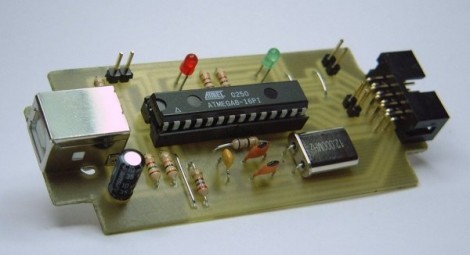
[Joshua] shares his details on building this 20-channel DMX controller. He’s sourced some extension cords to cut up for the complicated wiring project. He plans to drive 120V lights with the system so he’s also using the extension cords to connect a bunch of outlet boxes to the main controller. Inside you’ll find a set of AVR chips ready for your commands. Instead of using jumpers or DIP switches to set their addresses he set them in the firmware and burned a different version to each chip. The key here is writing the address right on the chips to prevent any confusion.
This will be used of Halloween and Christmas displays. We love Halloween hacks just about as much as we love Christmas hacks, so hit the basement and don’t forget to share the result of your labors with us.















